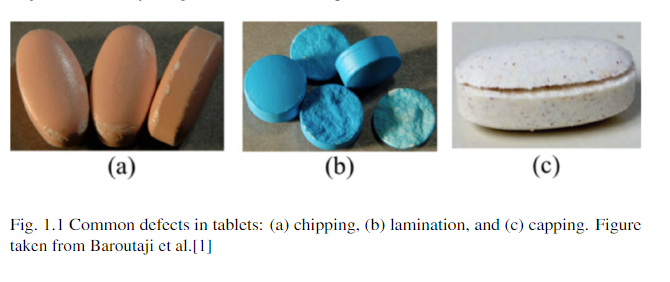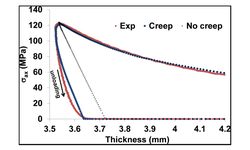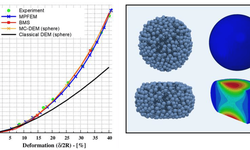Scientific papers
A numerical method that relies solely on single-component experimental data was developed to predict the compaction behavior of pharmaceutical powder mixtures. The material properties of single-component powders were modeled using the density-dependent Drucker-Prager Cap (dDPC) model. Mixing rules for these properties were established based on the isostress condition within the material. These rules were then applied to derive the elastic and dDPC model parameters for various powder mixtures. The parametrizations were implemented into a Finite Element Method (FEM) calculation using the commercial software Abaqus 2019, with a user-defined subroutine.
Mixtures of microcrystalline cellulose (MCC, plastic) and dibasic calcium phosphate dihydrate (DCPD, brittle) were used to validate the model parameters and mixing rules. The dDPC model parameters were extracted from experimental data through an automated, user-friendly workflow. FEM simulations utilizing parameters derived directly from experimental data predicted the compaction curves with an average error of 2.5% relative to the maximum compaction pressure, while those using the mixing rules had an average error of 4.8%. Additionally, stress profiles exhibited consistent trends in relation to tablet composition, regardless of the parametrization method.
This numerical approach can be used to predict the compaction behavior of binary powder mixtures using only single-component data, eliminating the need for mixture-specific experimental data. The method can also be extended to accommodate more complex multi-component mixtures, enabling faster identification of pharmaceutical powder combinations that produce structurally robust tablets.

Comments
No comments posted yet.
Add a comment















